Introduction
Water chestnuts, scientifically known as Eleocharis dulcis, are a unique and versatile aquatic vegetable that has been cherished for centuries across various cultures. Their crisp texture and subtle sweetness make them an excellent addition to numerous dishes, from salads and stir-fries to desserts and soups. However, to fully appreciate the delicate flavor and nutritional benefits of water chestnuts, it’s essential to know how to prepare and consume them properly. This article delves into the intricacies of enjoying water chestnuts, covering everything from selection and storage to cooking methods and innovative recipes. By the end, you’ll be equipped with the knowledge to incorporate this delightful vegetable into your culinary repertoire with confidence.
Understanding Water Chestnuts
Before diving into the specifics of how to eat water chestnuts, let’s first understand what they are and where they come from. Water chestnuts are native to warm, temperate, and tropical regions of Asia, Africa, and Australia. They grow underwater in marshy areas or paddy fields, with their edible corms (underground stems) being the primary harvest. These corms have a light brown exterior that, when peeled, reveals a white, juicy flesh.
Nutritionally, water chestnuts are a low-calorie food packed with essential vitamins and minerals. They are a good source of fiber, vitamin C, potassium, and copper, contributing to overall health benefits such as improved digestion, enhanced immune function, and maintenance of healthy blood pressure levels. Their high water content and low glycemic index make them an ideal choice for individuals watching their weight or managing diabetes.
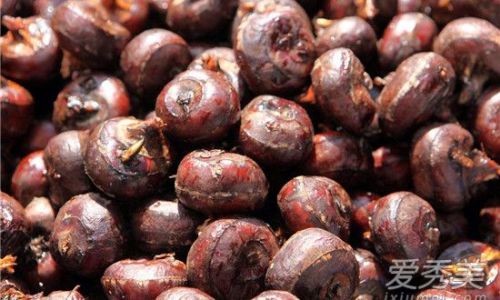
Selecting and Storing Water Chestnuts
When shopping for water chestnuts, there are a few key points to consider to ensure you bring home the freshest and best-quality produce.
-
Appearance: Fresh water chestnuts should have a smooth, firm skin with no cracks, soft spots, or mold. The color should be a uniform light brown. Avoid those that appear shriveled or have dark spots, as these may indicate that the chestnuts are old or have started to rot.
-
Feel: Give the water chestnuts a gentle squeeze. They should feel firm and solid, indicating freshness and moisture retention. If they feel soft or mushy, it’s a sign that they’ve been stored for too long or handled roughly.
-
Smell: Fresh water chestnuts have a mild, earthy aroma. Any strong, off-putting odors indicate spoilage and should be avoided.
Once you’ve selected your water chestnuts, proper storage is crucial to maintaining their quality and freshness. Here’s how to store them:
-
Refrigeration: For short-term storage (up to a week), place the unpeeled water chestnuts in a plastic bag or container with a loose-fitting lid to allow for some airflow. Store them in the crisper drawer of your refrigerator, where humidity is higher, to help retain moisture.
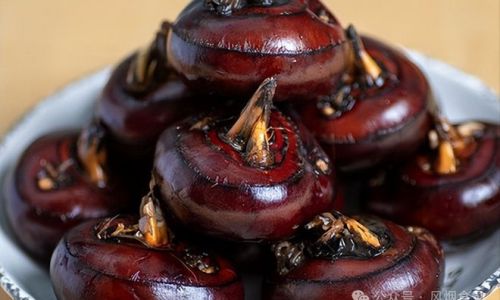
-
Freezing: For longer-term preservation, you can freeze water chestnuts. Peel and slice them first, then blanch them in boiling water for about 2 minutes to halt the enzymatic activity that causes spoilage. Cool them rapidly in ice water, drain well, and spread them out in a single layer on a baking sheet before transferring them to freezer bags or containers. They can be frozen for up to a year.
Preparing Water Chestnuts
Before incorporating water chestnuts into your recipes, they require some preparation. Here’s a step-by-step guide to peeling and slicing them:
-
Washing: Rinse the water chestnuts under cold running water to remove any dirt or debris clinging to their surfaces.
-
Peeling: Use a vegetable peeler or a sharp knife to remove the outer skin. Be careful not to cut into the flesh too deeply, as you want to preserve as much of the juicy interior as possible.
-
Slicing: Depending on your recipe, you can slice the peeled water chestnuts into thin rounds, half-moons, or dice them into small cubes. The shape and thickness will depend on the dish you’re preparing and your personal preference.
Cooking Methods for Water Chestnuts
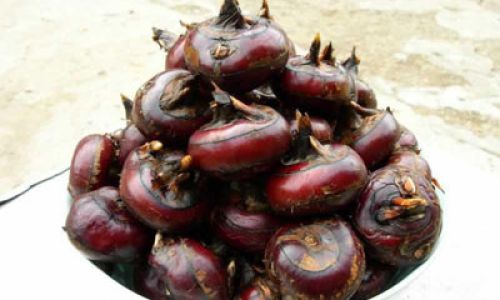
Water chestnuts’ crisp texture and mild flavor make them incredibly versatile in the kitchen. Here are some popular cooking methods to try:
-
Raw: Enjoy the fresh, crunchy texture of raw water chestnuts in salads, slaws, or as a crunchy garnish on sushi or sashimi. Their subtle sweetness pairs well with acidic dressings like vinaigrette or citrus-based sauces.
-
Steamed: Steaming preserves the natural sweetness and crispness of water chestnuts while making them softer and easier to digest. They can be served as a side dish with a light soy sauce dipping sauce or incorporated into stir-fries.
-
Boiled: Boiling water chestnuts is another quick and easy method to cook them. They can be added to soups or stews for a burst of fresh flavor and texture. Boiling also softens them slightly, making them suitable for purees or mashes.
-
Stir-Fried: Water chestnuts are a staple in many Asian stir-fries, adding a delightful crunch to dishes like beef with broccoli or shrimp stir-fry. They can be sautéed with garlic, ginger, and other vegetables in a hot wok or skillet with a small amount of oil.
-
Roasted: For a unique twist, try roasting water chestnuts. Toss them with olive oil, salt, and pepper, then roast in a preheated oven at 400°F (200°C) until they’re golden brown and slightly caramelized. This method brings out their natural sweetness and creates a delightful crispy exterior.
-
Pickled: Preserving water chestnuts in a brine of vinegar, sugar, and spices can create a tangy, refreshing condiment that’s perfect for topping salads, grilled meats, or serving as a side dish.
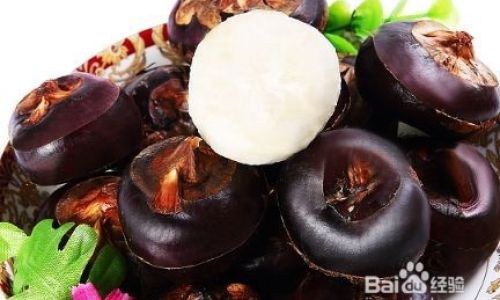
-
Candied: For a sweet treat, you can candy water chestnuts by simmering them in a simple syrup made from sugar and water until they become translucent and slightly caramelized. They can be used as a garnish for desserts or enjoyed on their own.
Innovative Recipes Featuring Water Chestnuts
Now that you’re familiar with the basics of preparing and cooking water chestnuts, let’s dive into some innovative recipes that showcase their versatility and deliciousness.
Water Chestnut and Avocado Salad
Ingredients:
- 1 cup sliced water chestnuts
- 1 ripe avocado, diced
- 1/2 cup cherry tomatoes, halved
- 1/4 cup red onion, finely sliced
- 1/4 cup fresh cilantro, chopped
- Juice of 1 lime
- 2 tbsp olive oil
- Salt and pepper to taste
Instructions:
- In a large bowl, combine the sliced water chestnuts, diced avocado, cherry tomatoes, red onion, and cilantro.
- In a small bowl, whisk together the lime juice, olive oil, salt, and pepper.
- Pour the dressing over the salad and toss gently to combine.
- Serve immediately for the freshest flavor.
Water Chestnut and Pork Stir-Fry
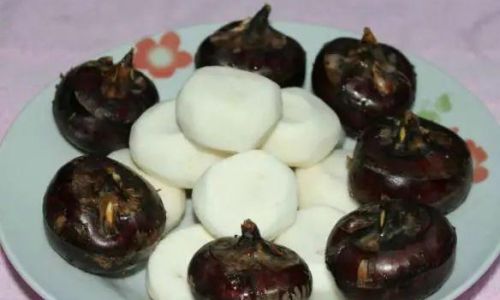
Ingredients:
- 1/2 lb (225g) pork tenderloin, thinly sliced
- 1 cup sliced water chestnuts
- 1 red bell pepper, sliced
- 1 small onion, sliced
- 2 cloves garlic, minced
- 1 tbsp soy sauce
- 1 tbsp oyster sauce
- 1 tbsp rice vinegar
- 1 tbsp cornstarch mixed with 2 tbsp water
- 2 tbsp vegetable oil
- Salt and pepper to taste
Instructions:
- In a small bowl, mix together the soy sauce, oyster sauce, rice vinegar, cornstarch slurry, salt, and pepper. Set aside.
- Heat 1 tbsp of vegetable oil in a wok or large skillet over medium-high heat. Add the pork slices and stir-fry until browned and cooked through, about 3-4 minutes. Remove the pork from the wok and set aside.
- In the same wok, add the remaining 1 tbsp of vegetable oil. Add the garlic, onion, and red bell pepper and stir-fry until the vegetables are tender-crisp, about 2-3 minutes.
- Add the sliced water chestnuts and stir-fry for another 1-2 minutes.
- Return the pork to the wok and pour in the sauce mixture. Stir-fry until the sauce thickens and everything is well coated, about 1-2 minutes.
- Serve hot over steamed rice.
Water Chestnut Soup
Ingredients:
- 2 cups vegetable broth
- 1 cup sliced water chestnuts
- 1/2 cup shredded carrots
- 1/4 cup chopped green onions
- 2 cloves garlic, minced
- 1 tbsp soy sauce
- 1 tbsp sesame oil
- Salt and pepper to taste
- Fresh cilantro for garnish (optional)
Instructions:
In a large pot, heat the vegetable broth over
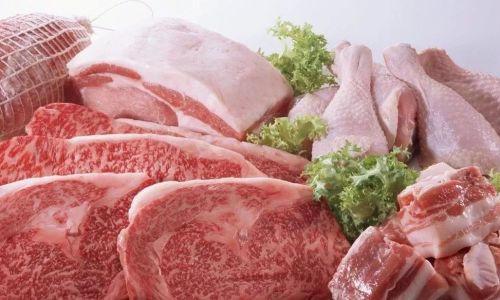
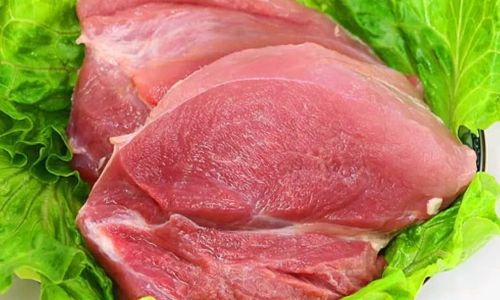
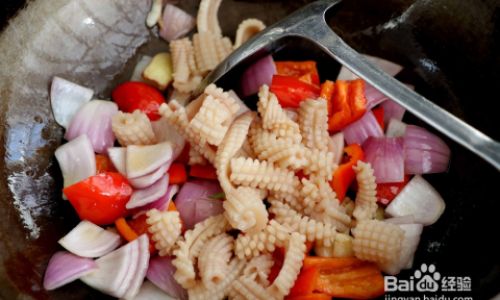
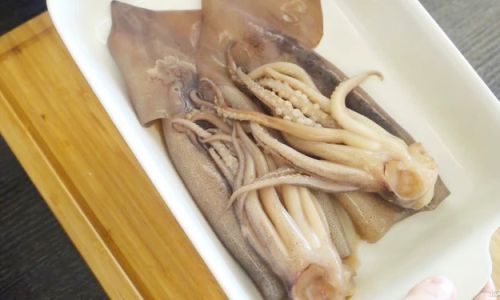
0 comments